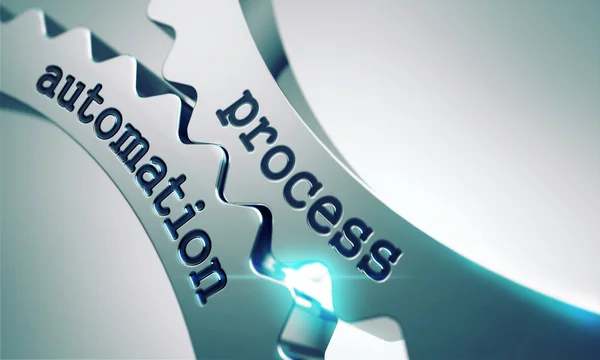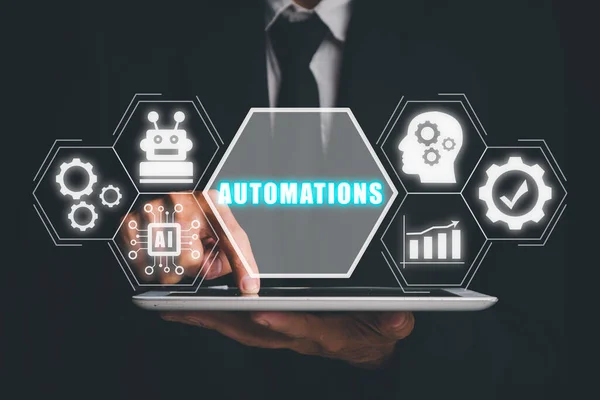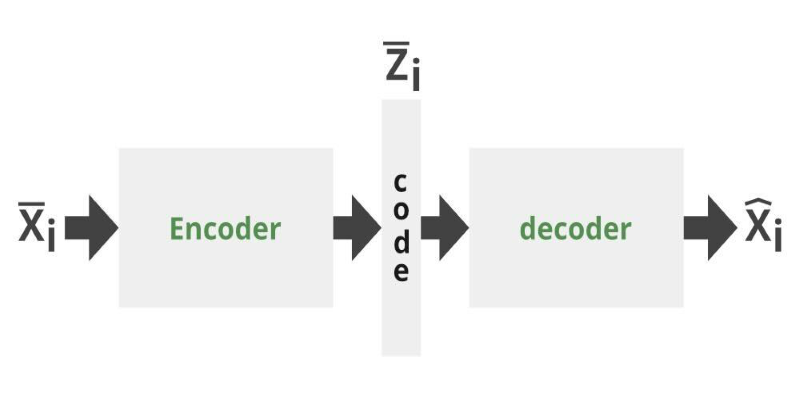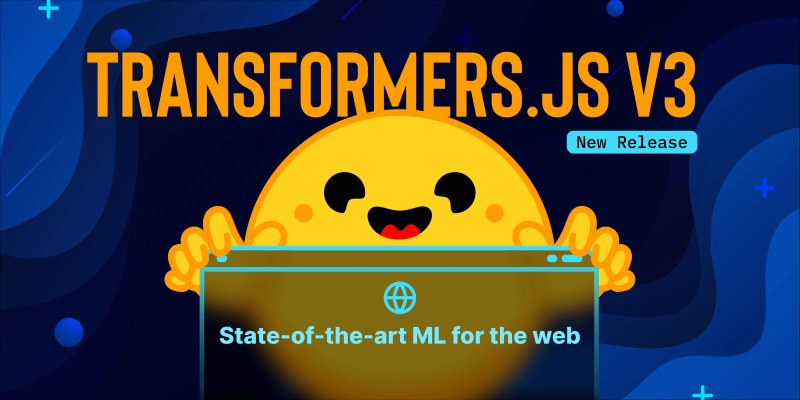Advertisement
In the past few years, businesses have seen a big change in how automation is used at work. Traditional tools like Robotic Process Automation (RPA) helped speed up repetitive tasks by following strict rules. They were great for data entry or copying information from one system to another. But when there is a need to handle some complex tasks like reading emails, understanding images, or processing human language, it sucks at this point. That’s where Intelligent Process Automation (IPA) comes in. For businesses, this is an entire game changer. So, in this article, we will discuss what IPA is, how it works, and how it helps businesses.

Intelligent Process Automation (IPA) is a smart way to help businesses work faster and more efficiently. It combines different technologies, such as Artificial Intelligence (AI), Machine Learning (ML), Natural Language Processing (NLP), and Robotic Process Automation (RPA). IPA can also understand language, make decisions, and learn from data. It improves over time without any human help.
With IPA, companies can relieve employees of the burden of routine tasks. They can use this technology to process invoices, manage documents, and respond to emails. Due to its ability to recognize patterns and adjust to changes, it can handle more complex tasks that usually require human thinking.
Intelligent Process Automation (IPA) uses smart technologies to handle tasks usually done by people. The steps of how IPA works are explained below:
It all begins when something triggers the system, or input occurs. This trigger can be a customer email, a new order, or a request for data entry. It starts the automated process without any manual intervention.
Once triggered, the IPA system gathers data from different sources. It can handle both structured and unstructured data. Structured data can include forms and spreadsheets, and unstructured data can include scanned papers or emails.
Two types of technologies are used to process this data. These technologies are:
Unlike traditional automation, IPA uses AI and machine learning to analyze information, spot patterns, and make smart choices based on past data. For example, if a customer request comes in, IPA can figure out whether it needs approval or not, just like a human would.
Once a decision is made, the Robotic Process Automation (RPA) bots carry out the necessary actions across different applications and systems. RPA bots perform the tasks such as:
The bots handle the repetitive stuff, while the AI makes sure everything is done smartly and smoothly.
One of the best parts of IPA is that it never stops learning. AI algorithms look at the results and feedback to spot any slowdowns, mistakes, or areas that can be improved. This creates a feedback loop that helps the system learn and improve over time. This means the more it works, the more accurate and efficient it becomes
IPA also works well with other business systems like CRM (Customer Relationship Management) or ERP (Enterprise Resource Planning). It orchestrates different tools and systems so that everything flows smoothly from one step to the next without any need for human manual intervention.

There are a lot of benefits of using IPA in your company. Some of them are explained below:
The future of IPA looks exciting. This is all due to AI, machine learning, and cloud tech. In the future, IPA will be more advanced, flexible, and common in many industries. It’s set to change the way businesses run.
Intelligent Process Automation (IPA) is changing how entire companies operate. Its best feature is that it combines smart thinking with machine speed. Even small businesses can now use IPA. The interesting thing is that it helps humans rather than replacing them. Going forward, success with IPA won’t just rely on technology. Businesses that train their teams to work with smart systems will benefit most. This makes automation more accessible to everyone. Hence, IPA helps speed up digital growth across industries.
Advertisement

A step-by-step guide on how to use Midjourney AI for generating high-quality images through prompts on Discord. Covers setup, subscription, commands, and tips for better results

Explore the top 10 LLMs built in India that are shaping the future of AI in 2025. Discover how Indian large language models are bridging the language gap with homegrown solutions

How switching from chunks to blocks is accelerating uploads and downloads on the Hub, reducing wait times and improving file transfer speeds for large-scale projects

Can you get the best of both GANs and autoencoders? Adversarial Autoencoders combine structure and realism to compress, generate, and learn more effectively

Curious about GPT-5? Here’s what to know about the expected launch date, key improvements, and what the next GPT model might bring

Windows 12 introduces a new era of computing with AI built directly into the system. From smarter interfaces to on-device intelligence, see how Windows 12 is shaping the future of tech

GenAI is proving valuable across industries, but real-world use cases still expose persistent technical and ethical challenges

Discover 10 job types AI might replace by 2025. Explore risks, trends, and how to adapt in this complete workforce guide.

Curious about data science vs software engineer: which is a better career? Explore job roles, skills, salaries, and work culture to help choose the right path in 2025

GenAI is proving valuable across industries, but real-world use cases still expose persistent technical and ethical challenges

What happens when transformer models run faster right in your browser? Transformers.js v3 now supports WebGPU, vision models, and simpler APIs for real ML use

How the Hugging Face embedding container simplifies text embedding tasks on Amazon SageMaker. Boost efficiency with fast, scalable, and easy-to-deploy NLP models